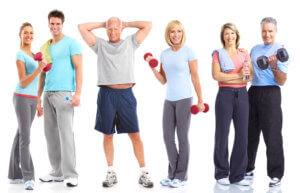
Exercising as we age like everything else, is an investment. By developing exercise routines early on we maintain strong bodies that will be more resilient to illness and accidents later on. Of course nobody expects us past our mid 30s to knock out a strenuous workout kids in their 20s are doing. But that doesn’t mean that as we get older, there aren’t things we can’t do. So here is a guide to what exercising means at any age.
During our 20s we should have ideally built our fitness base. What this means is doing exercise that increased muscle mass and bone strength while we still could. This would encompass at least 3 days of cardio for at least 30 minutes, and 3 days of weight lifting/resistance training every week.
Our 30s shouldn’t be any less intensive. The only difference is that now we should be increasing the range of exercise we’re doing. As we age we start to slump, so it is important to focus on exercises that increase flexibility and balance to maintain posture. We recommend things as simple as stretching, heel toe walks and standing on one foot to preserve range of motion and keep every part of our bodies attuned. Exercise in our 30s should never be routine. That means, that if we usually swim for cardio, we should switch it up at least twice a week to include running/cycling. Intensive circuit training at least 2 times a week with 2 days of rest in between is the best option. The idea is that now we shift our focus from building our bodies to maintaining them, and that includes constantly exercising every muscle we can.
The 40s are a time when everything goes to chaos. We start to drastically lose lean muscle mass, our metabolism decreases, and our sex hormones decrease while our stress hormones increase, meaning we now start accumulating “stress fat” that buries deep around our organs, especially in the mid section. So how to prevent this? The best way is to increase resistance training. Especially for women, this means more weight training. Cardio is still important and should be done more frequently but less intensively. Establishing a regular routine now is key. Ideally it would encompass at least one hour of weight training for the full body 3 days a week, and 45 minutes of cardio 5 days a week. Pilates, stair climbing/squats, and half push ups are also great for re toning certain areas of the body such as the midsection, thighs/butt, and underarms.
Our 50s is when really start feeling our age. We begin developing aches and sores along with a more pronounced shoulder slump. This is the time to adapt our exercise regime. Running too hard on the joints? Try swimming instead. Exhausted after a too intensive workout and unable to continue the next day? Mild 30 minute aerobic workouts we can keep up everyday without feeling sore are the much better alternative. This is the decade to focus on our heart and core. Yoga and pilates are great for strengthening abs and backs in order to prevent that impending hunch.
As we near our 60s and beyond, it starts to become a time for focusing on prevention. What this means is maintaining our strength so we are less like to suffer from illnesses such as diabetes, heart conditions, etc. and accidents such as falling. To do this it’s still best to try and lift at least once a week, but with lighter weight, slower movements and much stretching in between. It is also ok to take a break from cardio now because of joint pain and switch to more mild forms of exercise such as walking a couple of miles a day/zumba and other dance classes.
No matter what, the important takeaway is to always keep exercising as we age. These days we often underestimate the importance of being physically active for our own health. There is no better preventive cure than exercise. Even with testosterone therapy such as AndroFeme and AndroForte to keep our muscle tone up and bodies strong, it never hurts to supplement it with the purest medicine. Exercise!
